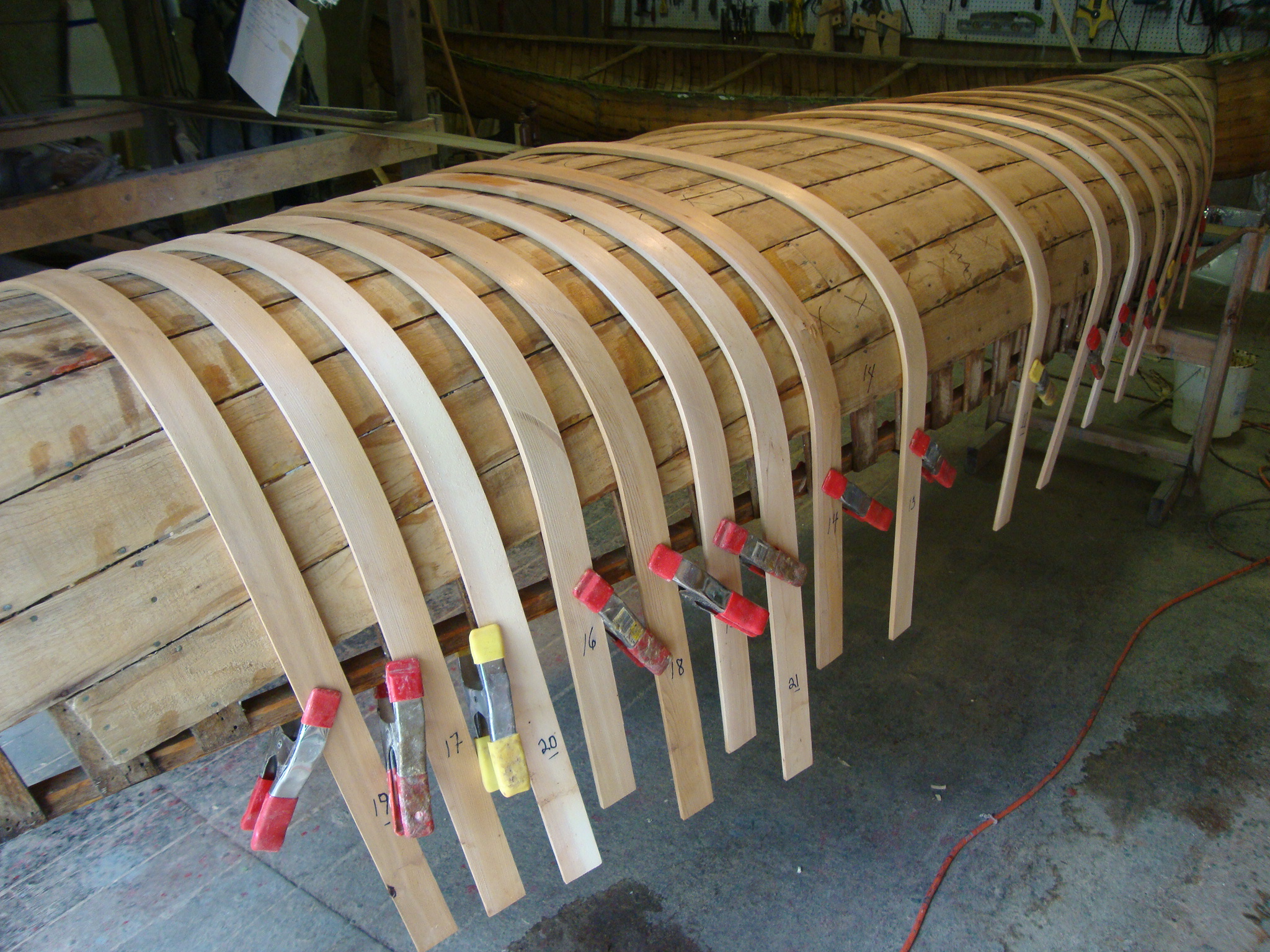Electroplating is the process of coating a metal, often for aesthetics or protection against corrotion.
The metal object to be elctroplated is placed on a negatively charged dipping rack. This runs a negative current through the metal object allowing positively charged bathing solutions to stick to the base metal therefore plating them.
The positive charge of the bathes come from a cathode submersed in the bath allowing electrical current to run through the metal rich solution. (the metal particle carrying the charge). The base metal acts as the anode to which the two opposing charges attract one another and therefore builds up a layer on the surfaces of the base metal.
Typically the most common electroplating metal is chromium. But other include copper, tin and zinc (Galvenising)
Multiple baths are needed to plate a metal as the metal first needs to be cleaned of any impurities. The thickness of the plating metal depends on the amount of time it is bathed for and the addition of any Strikes/Flash's used in the solution.
Anodising
Anodising is similar to electroplating where the negatively charged base metal is subersed in a bath with a positive charged cathode (lead) within it.The anodising method uses metals similar to the way they are used in electroplating but you can add dyes to the solution as the surfaces of the base metal are often very pourous. These pour in the metal allow the base metal to accept the dye.
Therefore once anodising you need to complete the process with the use of a laquer.












